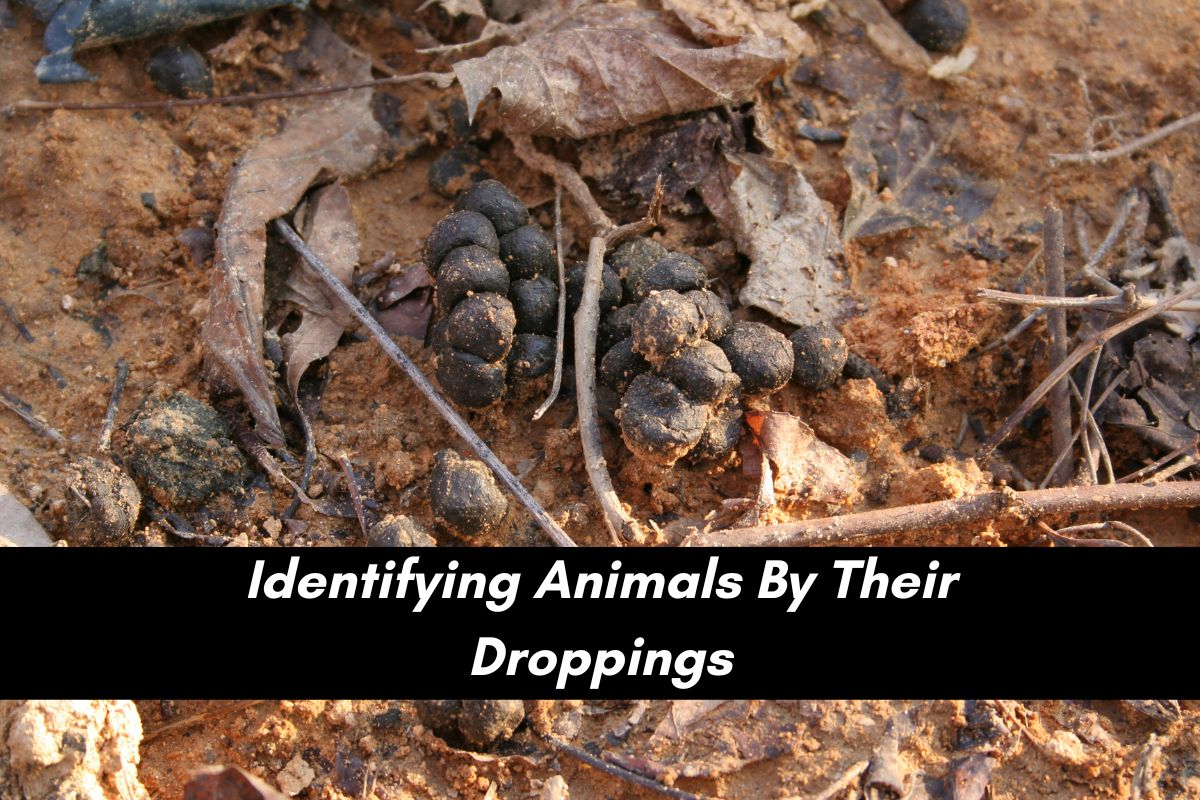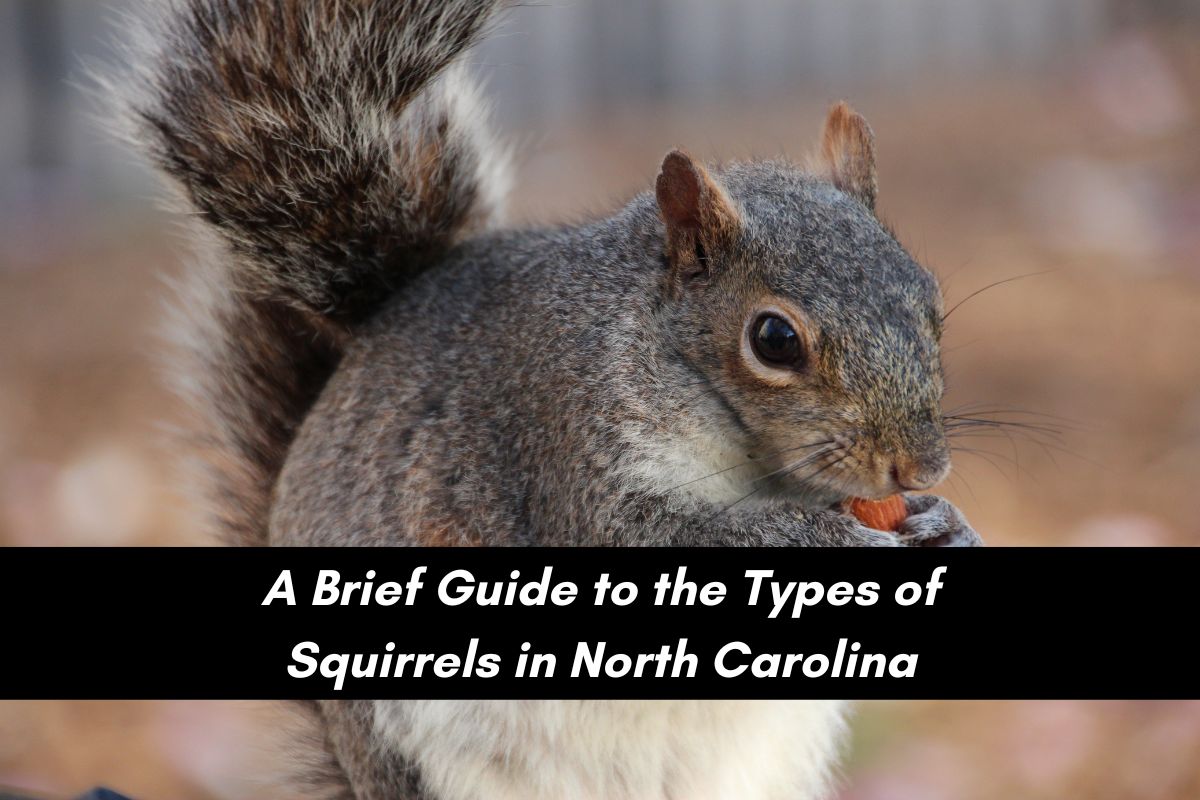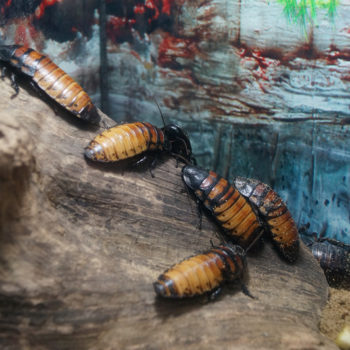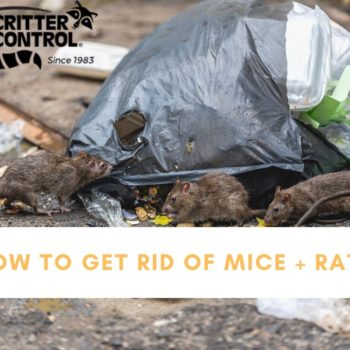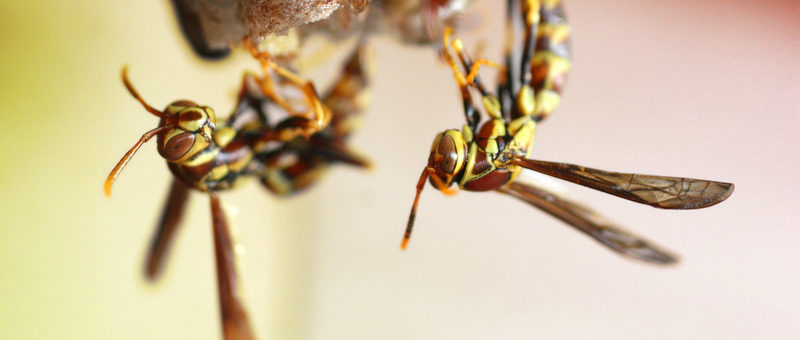
How To Tell What Type of Wasps You Have
- Posted by gordonb
- On June 10, 2020
- 0 Comments
We’ve all been stung by an insect at some point. You likely remember a traumatic sting from when you were a child and are not looking to repeat that. Well, North Carolina has a number of stinging wasps that can be aggressive, and summer is when they are most active. Knowing which is which can be helpful to avoiding more painful stings.
Wasps are not bees
The first thing you’ll want to know is that there are two big categories that are often confused for one another — bees and wasps. We will be talking about wasps here, but some bee species sting too. Bees are rounder and hairier than wasps. Wasps also are likely to sting more often, although some bees sting repeatedly as well. Usually stings are delivered when they get territorial, so avoid approaching their nests if you know where they are. To learn more about insects check out our info page.
‘Murder hornets’
First, let’s put your mind at ease. There are no “murder hornets” in our state. These large Japanese hornets made the news in early 2020 because of their size and painful stings (and their arrival in the U.S), but there are no reports of them being in the Tarheel state. They were found in small numbers in the Northwest, which is as far from the Southeast as you can get within the country.
Yellow jackets
When it comes to wasp stings, the most common will be from yellow jackets. These insects can look a little like bees because of their yellow and black bodies, but yellow jackets are less round and hairy. They are also very aggressive when one upsets their food source or nears their nests. Yellow jackets are smaller than other wasps and fit in the “social” rather than “solitary” wasp category, meaning they build homes in colonies.
Mud daubers
On the completely other side of the spectrum is the mud dauber, because they are not aggressive and are solitary. Mud daubers are black, long wasps that may look pretty intimidating, but they do not commonly sting people. They get their name because they make their single-unit nests out of mud and build them into long organ pipe-looking homes. Other than the mess their pipes make, there isn’t much reason to worry about mud daubers.
Paper wasps
The paper wasp is another social wasp that, like the yellow jacket, is aggressive and stings people. They look similar to mud daubers because they are dark, but will have more red hints with black, while mud daubers have blue hints. As their name suggests, they have paper nests; these are made by creating pulp from wood.
Bald-faced hornets
Interestingly, this black and white “hornet” is actually a yellow jacket wasp. They are not true hornets because they are not large enough (the larger varieties of wasp are called hornets). It is aggressive and social and very similar to the yellow jackets that have black and yellow jackets, except they have black and white “jackets.”
European hornets
While bald-faced hornets are not really hornets, North Carolina does have one variety of true hornet — the European hornet. These are social hornets who make their nests in openings in dead trees, cracks in old barns and other similar openings. They are defensive and they are large, so if you think they are around, you should probably call in the professionals.
When in doubt, call for help
It’s best not to risk being stung by a wasp if you can avoid it, especially if you have an allergy risk or are not sure. Call in Critter Control of the Triangle at (919) 382-0651 and we can identify and eliminate the wasp colonies before they grow out of the control.




